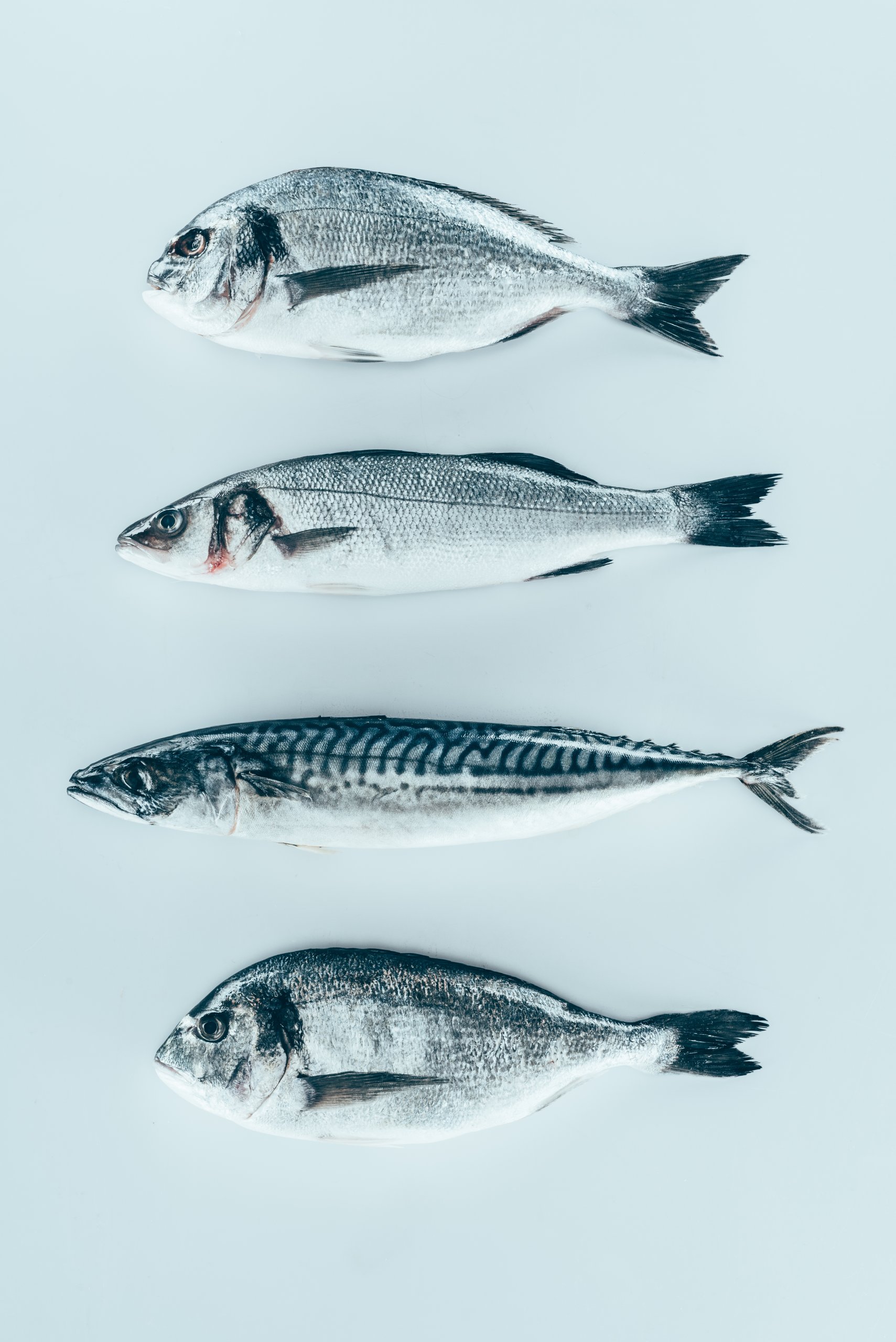Integrating environmental and ecological considerations into predictive models is integral to understanding how complex marine ecosystems might respond to changes in management. As part of this, and build ing on work from across SEAwise’s work themes, we have examined the integration of abiotic (i.e. climate and environmental conditions) as well as biotic (i.e. density-dependence and predation interactions) factors into multi-stocks dynamic models to evaluate the impacts of different management strategies, and support operationalisation of Ecosystem-Based Fisheries Management (EBFM).
Building on this work conducted under our Evaluation of Fisheries Management theme, this report examines how well ecological indicators perform when evaluating fisheries under multispecies, multifleet management, specifically under changing fish productivity conditions. The work incorporates feedback from review workshops conducted by SEAwise to improve scenarios and indicators design.

The work conducted in SEAwise was presented to stakeholders in specific SEAwise review workshops held together with Advisory Council (AC) members in 2025. The workshops covered the North Sea, Western Waters and Mediterranean Case studies. Based on the insights from stakeholders during these workshops:
● In the Bay of Biscay, new scenarios were performed with FLBEIA to explore the effects of a change in productivity for the Northern hake and albacore stocks.
● In the Celtic Sea, additional climate change simulations were used within the StrathE2E model, and despite differences in projected sea surface temperature and nutrient inputs, the model produced similar future behaviour of the ecosystem and stock dynamics, increasing our confidence in the results.
● In the North Sea, two of the scenarios already available in previous deliverables were revisited to explore alternative management strategies that rely less on the limiting (choking) cod. Redistribution of quota shares allowed for greater quota utilisation and higher fishing effort but led to lower biomass for some stocks and increased by-catch of vulnerable non- target species.
● In the Eastern Ionian Sea, new scenarios with an alternative allocation of effort reduction between small-scale and large-scale fisheries were explored, together with the simulation of a greater warming scenario. These new management scenarios produce better ecological outcomes than the ones previously simulated within SEAwise.
● In the Adriatic and western Ionian Sea the impacts of climate change and additional management scenarios were further explored with the BEMTOOL and EwE models. Simulations show that climate change is expected to negatively affect the ecosystem and therefore the catches of hake and red mullet, but that management measures might partly mitigate climate impacts.
This research indicates that by integrating multiple biotic and abiotic factors, we can achieve a fuller picture of likely changes to fisheries productivity under environmental change. The marine environment is complex, and management strategies should be responsive to observed changes and if not anticipatory at least resilient to upcoming (climate) changes. What’s more, management should account for trade-offs against social and economic factors as well as ecological factors.
This knowledge has fed into the development of the SEAwise Tool and Toolbox, and will help inform future research, beyond SEAwise, to support the development of improved multispecies, multifleet models, in support of EBFM.
Read the full report here.
Stay up to date with SEAwise news and research, hear about upcoming events, and receive updates on fisheries news from across the European seascape.